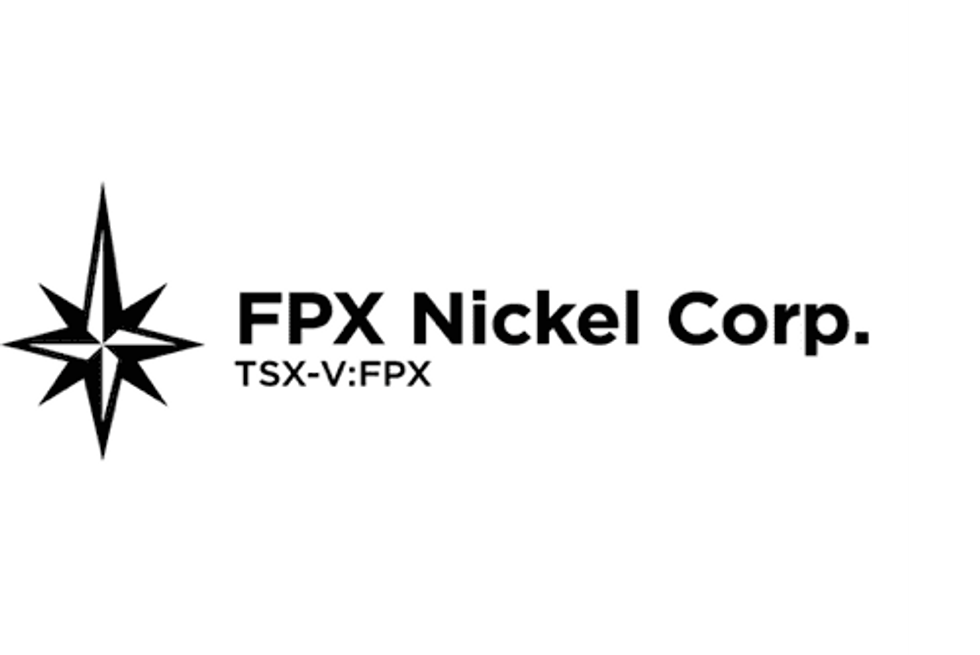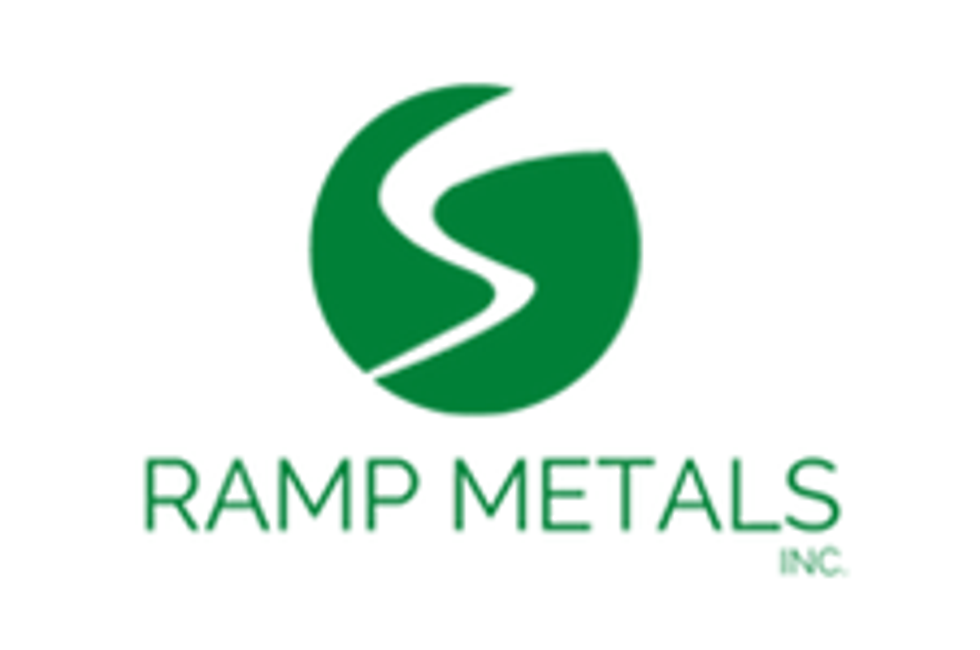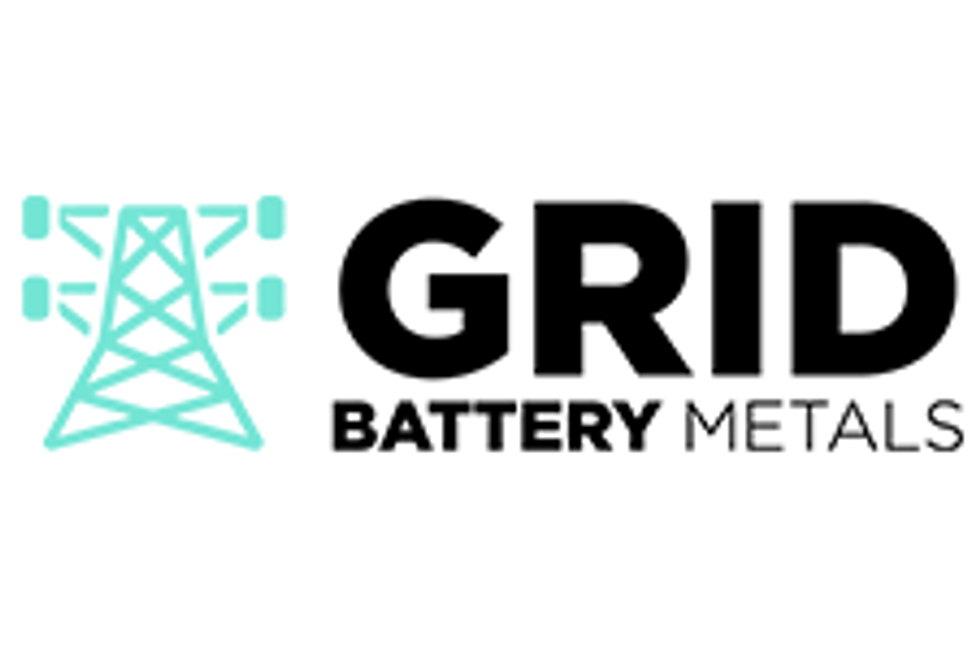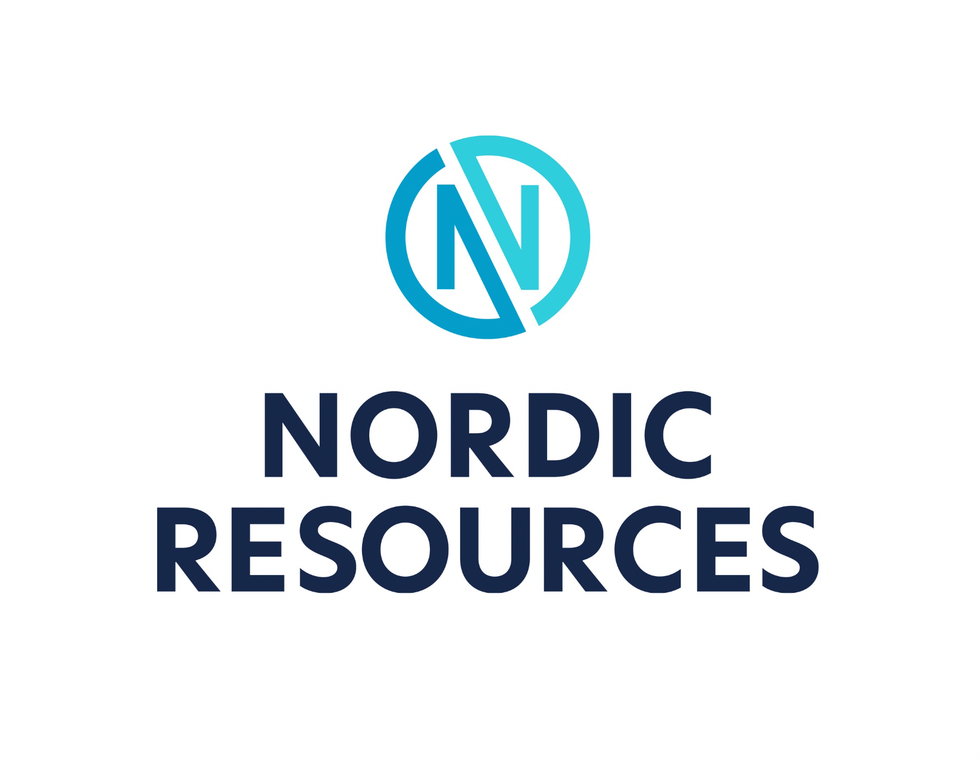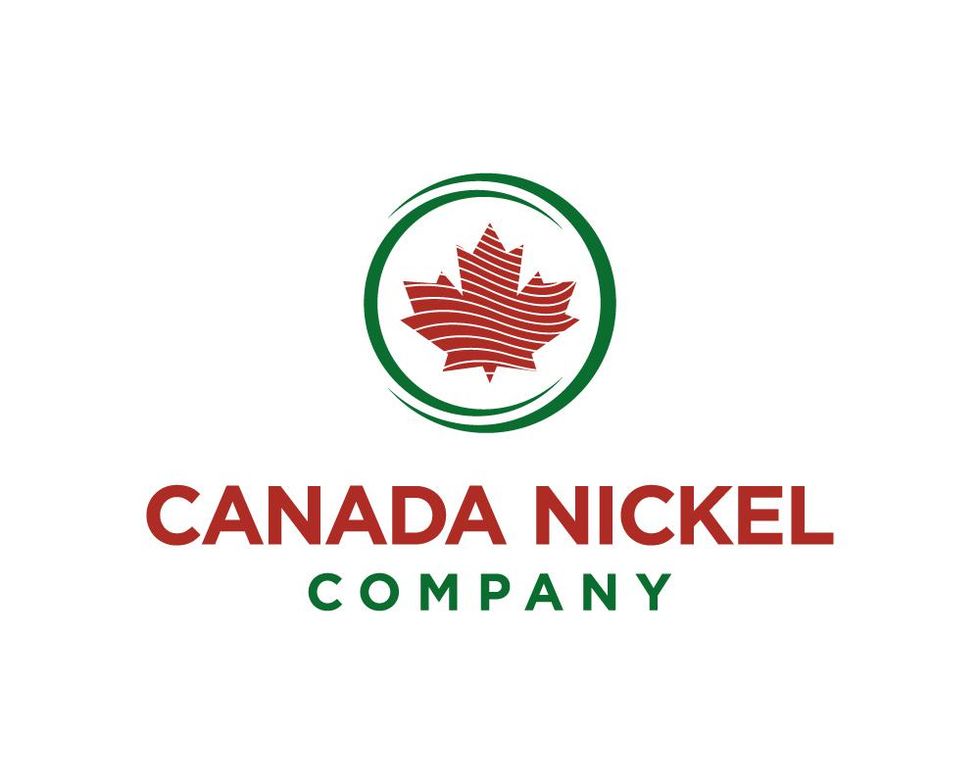Australia’s Nickel Industry Ready to Feed Growing Global EV Market
Activity in the Australian nickel industry has continued unabated over the last 18 months, said Angela Durrant of Wood Mackenzie.

Nickel prices have been trading with volatility in the past years, but the attention given to this metal key in electric vehicle batteries has been growing exponentially.
Demand from the electric vehicle segment is expected to continue to increase in coming years, although stainless steel remains the top market for nickel.
Despite the coronavirus pandemic, activity in the Australian nickel industry has continued unabated over the last 18 months, Angela Durrant of Wood Mackenzie told the Investing News Network.
"Rebounding demand for nickel in 2021, which is up an estimated 17 percent year-on-year, has supported prices ― which increased to push almost US$20,000 per tonne nickel in early August, up from an annual average of US$13,772 per tonne nickel in 2020," she said.
In terms of trends, the local industry has seen some successful and unsuccessful merger and acquisition activity, project development and vertical integration, as well as investment in exploration for the first time in years for companies such as BHP (ASX:BHP).
"The strength in demand and prices as well as the optimism surrounding nickel demand from the battery sector for electric vehicles has supported all of this activity," Durrant said. "In Western Australia in particular, many projects have moved forward."
Australia's production of nickel comes from 12 operating mines, all in Western Australia. The state is home to over 90 percent of the economic demonstrated reserves in the country.
Mincor Resources (ASX:MCR) is expected to restart its operations within the next 6-9 months and will feed the BHP concentrator at Kambalda, which is due to restart in March 2022. Western Areas (ASX:WSA) will start mining operations at its new Odysseus mine in the last quarter of this year and concentrate will follow towards the end of next year. Panoramic's (ASX:PAN) Savannah mine is also expected to restart before the end of the year.
When asked about the role of the government in helping miners, Durrant said there is always underlying support for the mining sector in Australia.
"What has been extremely challenging for this country's producers is the skills shortage that has occurred due to COVID-19 lockdowns and restrictions," the analyst said. "Mining operators are struggling to acquire the specialists required for normal operation and development."
She added that uncertainty around border closures, which have differed by state, has made the working environment difficult for producers dependent on fly-in fly-out workforces, resulting in higher labor rates following the pandemic.
EVs and nickel mining in Australia
The electric vehicle industry has been picking up pace in the past year, with raw materials used in batteries getting more and more interest from investors. Nickel has been no exception, with even Tesla's (NASDAQ:TSLA) Elon Musk calling for more nickel mining last year.
Nickel production takes place mostly in Indonesia and the Philippines, but Australia is also a top ten producer. The country's total nickel output reached 170,000 metric tons in 2020.
Going forward, Durrant is expecting more nickel mining to take place in Australia to feed the growing need from the EV space.
The expert pointed to some recent deals and news from the local sector, such as BHP announcing it has reached 85 percent sale of its nickel to the battery/EV sector, signing an offtake with Tesla in July.
Moreover, IGO (ASX:IGO) has vertically integrated, buying into lithium production at Greenbushes and lithium hydroxide at Kwinana, "meaning that the company is gearing itself towards battery manufacture, even if it is not directly doing it with nickel."
IGO is also looking to expand in nickel, recently mooting a plan to takeover Western Areas, which is about to start up the Odysseus mine.
"IGO's Nova mine is about half way through its life and if further nickel tonnes aren't discovered on the Fraser Range the company will need to source nickel elsewhere," Durrant said. "IGO attempted to buy the Savannah mine last year but was unsuccessful, so this recent attempt with Western Areas is not surprising."
In terms of nickel processing, the BHP Nickel West assets, formerly Western Mining, remain fully integrated, from mines through to concentrating, smelting, refining and now nickel sulphate production at Kwinana. The company is expanding and investing in exploration for the first time in years, Durrant pointed out.
"Many of the other miners in WA have been able to sell their concentrates and ores directly to BHP under long-term offtake agreements," she said. "They have also been able to sell concentrate to China and elsewhere in Asia, which is another advantage for these producers, having Asia on the doorstep."
Commenting on Australia's challenges to process nickel to be used in batteries, Durrant explained that sulphide mining and processing is relatively straightforward, while processing of laterites is far more complex and capital intensive.
"Laterite deposits such as Cleanteq Sunrise and SCONI are still looking for funding, these projects are expensive to develop and often take some time to reach nameplate capacity and steady state operation," she said. "Murrin Murrin in Western Australia has been successful, but only after many years, while Ravensthorpe has been a difficult project in many aspects."
For Durrant, another disadvantage for all miners in Australia is the depletion of grade and scarcity of deposits.
Partnerships in nickel
As OEMs look to produce electric vehicles from sustainably sourced nickel, Durrant expects more supply deals to take place.
"However, if consolidation occurs in the domestic industry this would likely change the number of deals that are penned going forward."
BHP is already signed up to sell nickel to Tesla, while Western Areas is in talks with LG and Samsung ― and has already sold its Mill Recovery Enhancement Project product to Sumitomo ― as are many of the other producers.
"Many have already had long-term offtakes with the likes of Jinchuan and Tsingshan so these relationships are already well established," Durrant said. "I have no doubt that these connections to markets and supply chains outside of Australia will continue."
For Durrant, the challenge for BHP will be to secure a long-term offtake agreement with a battery-precursor producer to take its nickel sulphate product.
"There is no market of last resort for this intermediate product and so it is essential to have a buyer, otherwise one would be forced to sell into China's spot market which will not likely offer a premium," she said. "When you produce nickel metal this can always be sold to the LME which can provide somewhat of a safety net for producers."
Don't forget to follow us @INN_Australia for real-time updates!
Securities Disclosure: I, Priscila Barrera, hold no direct investment interest in any company mentioned in this article.
Editorial Disclosure: The Investing News Network does not guarantee the accuracy or thoroughness of the information reported in the interviews it conducts. The opinions expressed in these interviews do not reflect the opinions of the Investing News Network and do not constitute investment advice. All readers are encouraged to perform their own due diligence.

